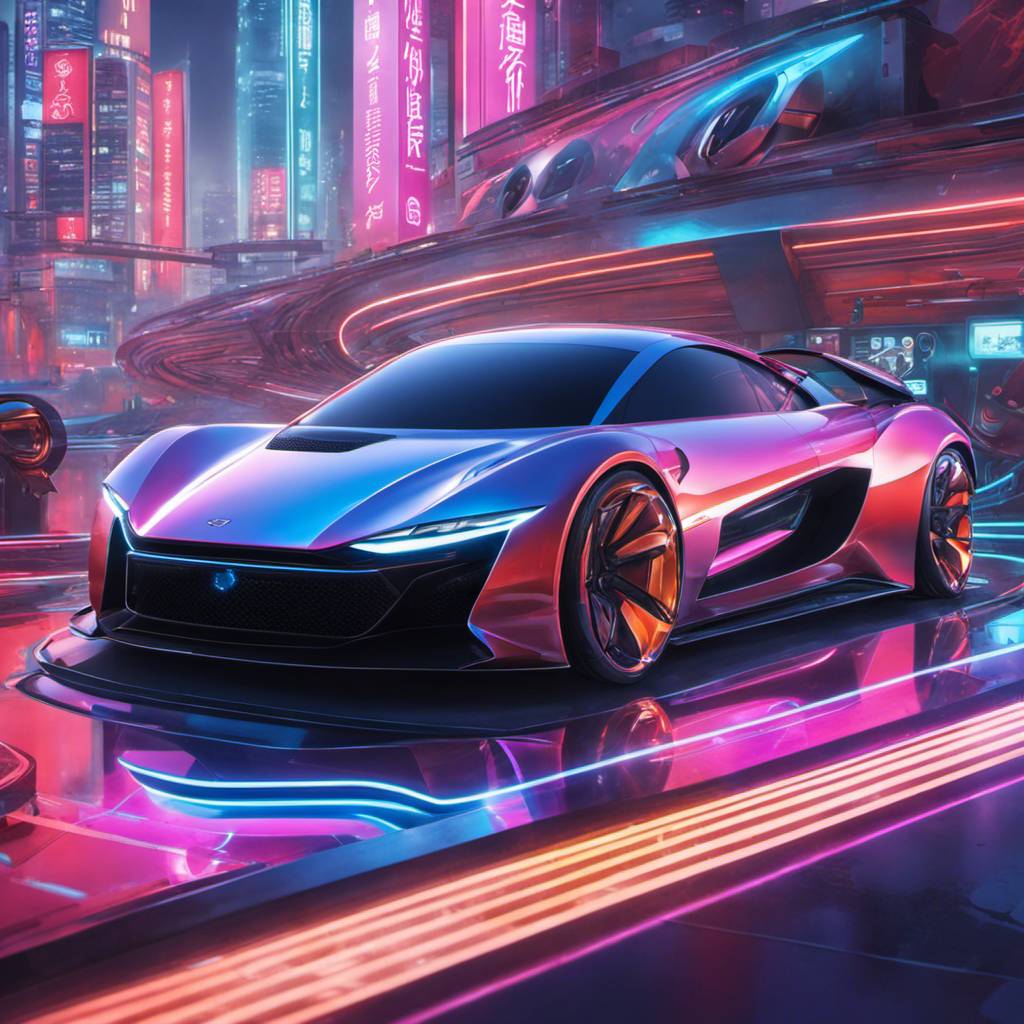The automotive industry is on the cusp of a significant transformation, driven by the rapid advancements in technology. Recent discussions with Danny Shapiro, the Vice President of Automotive at NVIDIA, a leading developer of systems-on-a-chip (SoCs) with AI capabilities and performance measured in trillions of operations per second (TOPS), highlight the urgency for automotive manufacturers to adapt or risk being left behind.
In a recent virtual briefing on the global automotive industry’s current state by international consultancy AlixPartners, Mark Wakefield, Global Co-Leader of the firm’s automotive and industrial practices, emphasized that original equipment manufacturers (OEMs) are grappling with technological and competitive forces that pose a serious threat to their long-standing business models.
Wakefield urged companies to do more than just pivot. He called for an overhaul of their core product development and manufacturing philosophies. The focus should be on prioritizing features that will appeal to future customers and adopting a more aggressive approach to risk-taking and speed-to-market strategies.
Stephen Dyer, Co-Leader of AlixPartners’ Greater China business and Head of the firm’s Asia Automotive and Industrials consulting practice, provided some context by citing examples of how Chinese OEMs are gaining significant ground against Western brands in their domestic market. The Chinese auto companies are expected to outsell foreign brands in China this year for the first time ever and will likely command 65 percent of their home market by 2030.
Dyer pointed out that new-energy vehicle companies in China have an average market presence of 1.3 years, compared to 4.2 years for top-selling models from non-China brands. The Chinese brands also offer higher Advanced Driver-Assistance Systems (ADAS) content in their models compared to non-Chinese brands in similar segments.
The shift towards a tech-driven approach is evident among newer Chinese OEMs like Xpeng, BYD, and Zeeker. These companies are leveraging digital modeling extensively in their product development process. While traditional OEMs focus on ride-and-handling, power, and NVH (Noise, Vibration, Harshness), the Chinese companies are more focused on integrating new levels of technology in their vehicles.
The tech-driven strategy is also reflected in the approach of companies like Nio, which uses four NVIDIA Drive Orin SoCs in a supercomputer developed for its vehicles. The Nio Adam computer can perform over 1,000 TOPS and is already in production vehicles. This technology transformation is not just limited to China but is happening globally.
However, the shift to tech-driven competition is not without its challenges. Uwe Class, Vice President, Advanced System Development, ZF, highlighted the limitations of current vehicle architectures in meeting evolving requirements. He emphasized the need for new architectures based on zone controls and high-performance computers (HPCs).
David Muscat, Segment Chief Engineer of architecture and networking business area, Continental North America, echoed these sentiments. He explained that the current vehicles have approximately 100 electronic control units (ECUs), each controlling two or three vehicle features. This setup not only adds mass but also potential points of failure.
The emerging trend among OEMs is to reduce the number of ECUs and simplify feature updates. Achieving this requires HPCs connected to zone controllers located close to the functions they control.
In conclusion, the rapid advancements in electronics, computers, and programming languages are forcing the automotive industry to rethink its strategies. The shift towards a tech-driven approach is no longer an option but a necessity for survival. As the competition intensifies, companies that can adapt quickly and leverage technology effectively will have a significant advantage in the market.
